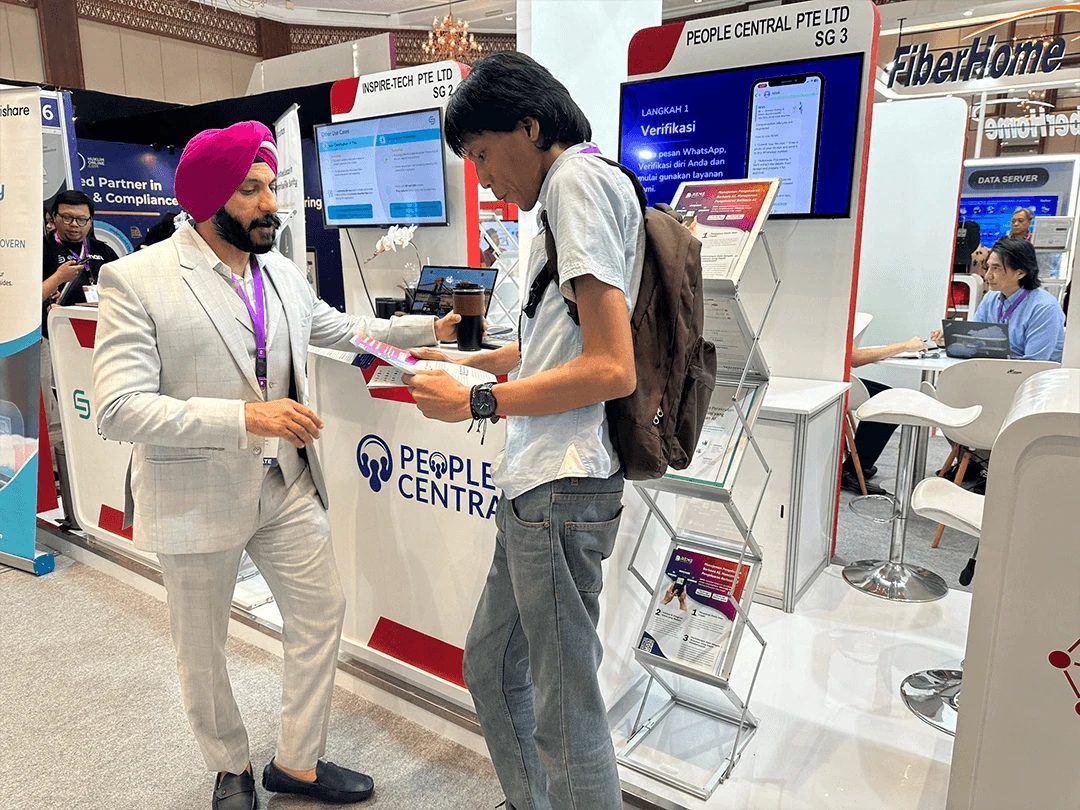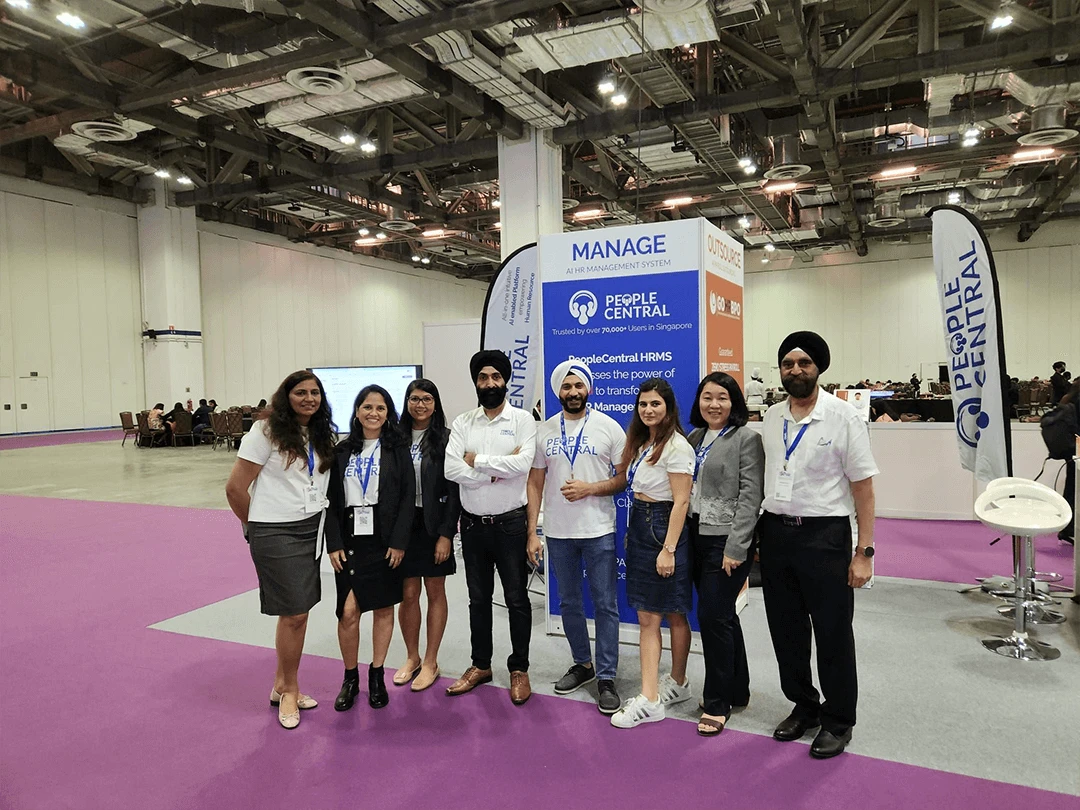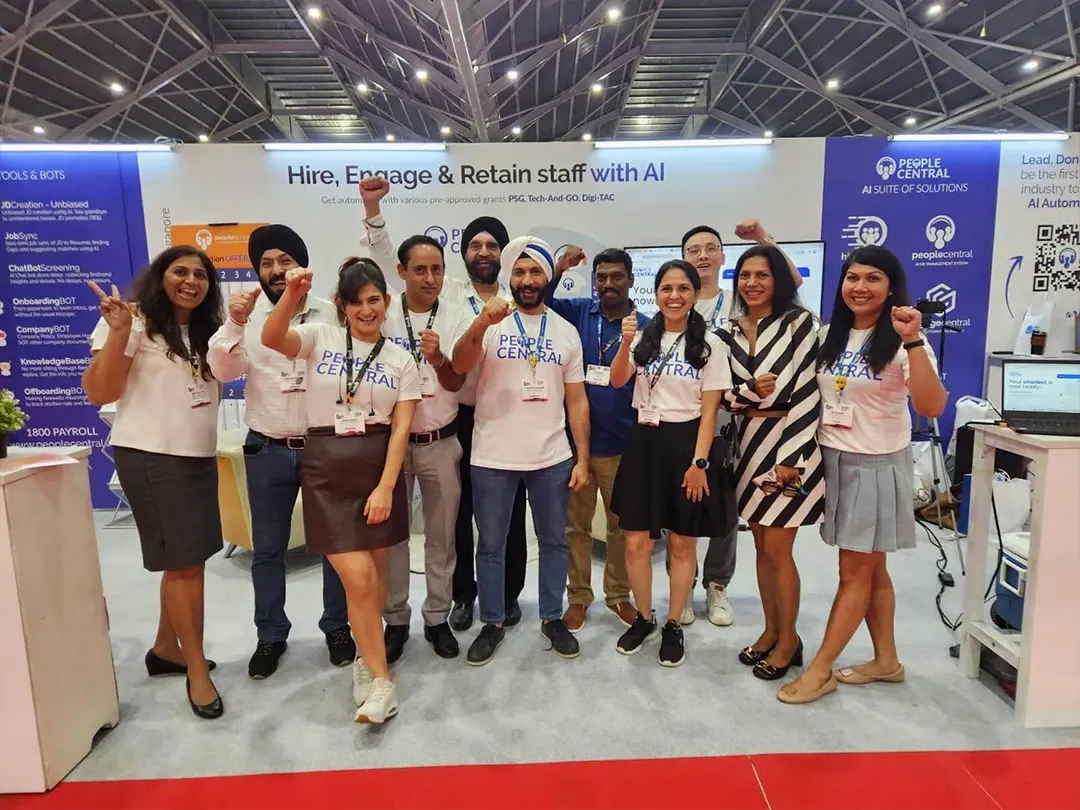AI has revolutionized HRMS. It offers efficient and accurate solutions for businesses to optimize their workforce planning. Algorithms analyze data, employee availability, skill sets, and preferences to generate the best schedules. AI-HRMS also takes into account factors such as labor laws, business constraints, and industry regulations.
Real-time adjustments are possible with AI-HRMS. It can provide timely recommendations for shift allocations. This helps ensure optimal staffing levels.
Let’s take a retail company as an example. In the past, manual scheduling often led to overstaffing or understaffing. But with AI-driven HRMS, the company experienced remarkable improvements. AI predicted customer footfall and created well-balanced schedules. This met customer demands while minimizing labor costs.
The retail company witnessed increased customer satisfaction due to improved service quality. Plus, they achieved significant cost savings by eliminating overtime payments and reducing turnover rates. AI-enabled employee scheduling and shift management: finally, a way to make sure your schedule is as unpredictable as the stock market.
What is AI-enabled employee scheduling and shift management?
AI-enabled employee scheduling and shift management refers to using artificial intelligence in HRMS. This approach uses AI algorithms to analyze employee availability, skills, preferences, workload, and business needs. It creates optimized schedules, increasing efficiency and reducing costs.
HR departments can use AI capabilities to simplify complex scheduling tasks. The AI considers multiple variables, ensuring fairness and compliance. It also learns from patterns and data, improving accuracy over time.
AI-enabled employee scheduling has the ability to factor in dynamic changes. If an employee is sick or there’s a sudden increase in demand, the AI can generate alternative solutions. It can redistribute shifts and notify eligible employees for overtime.
An example of AI-enabled scheduling is a retail store with seasonal customer footfall. When busy, managers can’t allocate enough resources without overburdening their staff. With an AI-powered system, the technology analyzed data on customer traffic and employee availability. It generated optimized shift schedules, increasing customer satisfaction and workforce productivity.
AI-enabled employee scheduling and shift management revolutionizes traditional HR practices. It replaces manual methods with intelligent automation. It optimizes efficiency while respecting employee preferences and ensuring fair workloads. HR teams can focus on strategic initiatives rather than administrative tasks. In essence, it’s like having a personal assistant who knows everyone’s availability.
Benefits of AI-enabled employee scheduling and shift management in HRMS
AI-enabled employee scheduling and shift management in HRMS is the ultimate game-changer for businesses. It increases productivity, streamlines operations, reduces errors and even boosts employee satisfaction! Here are some key benefits it provides:
- Efficient Resource Allocation: AI looks at data to figure out who should do what shifts, to use resources optimally.
- Automated Schedule Creation: AI-powered systems make schedules quickly, saving time for managers and reducing shift problems.
- Real-Time Adaptability: AI-enabled HRMS can adjust to changing demands or employee availablity, to keep workflow going.
- Enhanced Fairness: Considering factors like seniority, skills and preferences, AI algorithms ensure equal shifts.
- Data-Driven Decision Making: AI technology produces reports and analytics on scheduling patterns and performance, to help management make decisions.
- Improved Employee Satisfaction: AI-enabled HRMS promotes transparency and equity in scheduling, making employees feel valued and engaged.
Plus, AI-powered employee scheduling systems can integrate with payroll management and attendance tracking. This helps minimize payroll errors and ensures precise calculations. AI-enabled systems also capture real-time attendance data, for faster action on attendance issues.
To get the most out of AI-based employee scheduling and shift management in HRMS:
- Solicit Employee Input: Get feedback from employees on their schedule preferences, to consider individual needs alongside business ones.
- Refine Algorithms: Update and adapt AI algorithms based on feedback and changes in business dynamics, to maximize scheduling outcomes.
- Train HR Teams: HR personnel and managers need to understand and use the AI-enabled HRMS, to make the most of it.
These approaches foster collaboration, consider employee preferences, maintain accuracy and empower HR teams. AI-enabled employee scheduling and shift management in HRMS provides huge potential for organizations, as it streamlines operations and boosts fairness and satisfaction.
Challenges and limitations of AI-enabled scheduling and shift management
AI-enabled scheduling and shift management in HRMS brings many challenges and limitations. These include:
- Limited adaptability: AI tools may find it hard to adjust to complex and ever-changing scheduling demands, resulting in errors.
- Lack of human touch: AI scheduling systems may be unable to factor in personal preferences or handle delicate situations with empathy.
- Data dependency: Accurate data is essential for AI algorithms to make effective decisions. Bad data can cause flawed schedules.
- Ethical issues: The use of AI in scheduling may cause ethical issues, such as bias or unfair treatment of employees.
- Resistance to change: Employees may be fearful of automation replacing human jobs, leading to resistance to AI-driven scheduling systems.
- Maintenance and cost: Implementing and keeping AI-enabled systems can be expensive, requiring regular updates, training, and tech support.
Despite these troubles, AI-enabled scheduling and shift management offer great solutions to businesses looking to enhance workforce productivity and reduce manual mistakes.
Also, it’s important to consider that integrating AI into HRMS systems may lead to unexpected problems. For instance, machine learning algorithms have made incorrect schedule recommendations, causing employee availability and customer service to suffer.
Tips for implementing AI-enabled scheduling and shift management in HRMS
No need for employees when you have AI! The future of scheduling and shift management lies in the hands of our robotic overlords. To ensure a successful implementation, keep these key points in mind:
- Utilize advanced algorithms for automated scheduling
- Train the AI system with accurate data
- Communicate transparently with employees
- Monitor performance metrics and make necessary adjustments
Customization is essential to align the technology with an organization’s specific needs. As an example, a large retail chain integrated an AI-enabled scheduling system into their HRMS. Algorithms accommodated employee preferences while optimizing store coverage. This led to higher employee satisfaction rates and reduced overtime expenses. Transparent communication with employees resulted in improved collaboration and buy-in from the workforce, boosting productivity and customer satisfaction. AI-enabled scheduling and shift management in HRMS offer many benefits. Leverage advanced algorithms, train the system well, communicate openly with employees, and continuously monitor and adjust for optimal performance.
Future possibilities and advancements in AI-enabled scheduling and shift management
AI-powered employee scheduling and shift management in HRMS offer plenty of possibilities and advancements. Let’s take a look at a few of them:
| Possibilities | Advancements |
|---|---|
| Automated scheduling | Machine learning algorithms can analyze past data to generate the best schedules, saving time and manual work. |
| Real-time adjustments | AI can alter schedules according to changing business needs, making sure resources are used efficiently. |
| Employee preferences | AI algorithms can create unique schedules that meet each employee’s needs, increasing satisfaction and engagement. |
| Predictive analytics | AI can calculate future demand and highlight potential staffing gaps, allowing for effective preparation for busy periods and unexpected events. |
These features come together with the ability to link up with HR systems such as payroll and attendance management, creating a smooth experience.
Fact: Gartner research shows that AI-powered HR applications will be adopted by 37% more people in the following two years.
Time and attendance tracking made fun: With AI-enabled employee scheduling, you don’t need to worry about time being money – it’s just a matter of keeping your schedule in check!
Conclusion
In today’s fast-paced world, AI-enabled employee scheduling and shift management in HRMS has become a game changer. Automating the process can streamline workforce management and increase productivity.
AI solutions can forecast demand, assign resources, and adjust to business needs. This brings efficiency to scheduling and shift management.
The key advantage of AI-powered employee scheduling is its capacity to optimize utilization. Analyzing past data, current trends, and future projections, these solutions can create schedules that match business requirements. This cuts labor costs and enhances employee satisfaction through fair shift distribution.
Moreover, AI-enabled systems can handle complex scenarios with ease. They can consider skills, availability, preferences, certifications, work hour regulations, and compliance requirements while creating schedules. This eliminates manual intervention and reduces errors and conflicts.
Also, these systems enable real-time communication between managers and employees for shift changes or requests for time off. A centralized platform increases collaboration and transparency among teams.
An example of the impact of AI-enabled scheduling is XYZ Corp., a multinational company. After implementing an AI-powered HRMS with advanced scheduling capabilities, the company experienced operational efficiency gains. Schedules were generated automatically based on demand forecasts. This decreased overtime costs and improved customer service levels due to better resource allocation.
FAQs
Ques 1. How does AI-enabled employee scheduling and shift management work in HRMS?
Ans 1. AI-enabled employee scheduling and shift management in HRMS uses advanced algorithms to analyze data and optimize schedules based on various factors such as employee availability, skills, workload, and business requirements. The system automatically generates and assigns shifts, ensuring efficient scheduling and maximizing productivity.
Ques 2. What are the benefits of AI-enabled employee scheduling in HRMS?
Ans 2. AI-enabled employee scheduling in HRMS offers several benefits, including:
- Improved accuracy and fairness in distributing shifts among employees.
- Reduction in manual effort and time spent on creating schedules.
- Optimized utilization of resources by considering employee preferences and skills.
- Effective management of employee leave and vacation requests.
- Enhanced employee satisfaction through automated and transparent scheduling processes.
Ques 3. Can AI in HRMS automatically handle shift swaps or replacements?
Ans 3. Yes, AI in HRMS can handle shift swaps or replacements. The system can identify eligible employees based on predefined criteria and notify them about available shifts or the need for replacements. Employees can request or accept shift swaps through the system, which automatically updates the schedule, ensuring smooth operations and minimal disruptions.
Ques 4. Does AI-enabled scheduling consider compliance with labor laws and regulations?
Ans 4. Yes, AI-enabled scheduling in HRMS takes labor laws and regulations into account. The algorithms consider factors such as maximum working hours, break durations, minimum rest periods, and other legal requirements when generating schedules. This helps businesses maintain compliance and avoid any legal issues related to employee working hours and conditions.
Ques 5. Can AI in HRMS predict employee scheduling needs based on historical data?
Ans 5. Yes, AI in HRMS can predict employee scheduling needs based on historical data. By analyzing past patterns and trends, the system can forecast future demands and optimize scheduling accordingly. This enables proactive workforce planning, ensuring the right number of employees with the appropriate skills are scheduled during peak periods or busy seasons.
Ques 6. How secure is AI-enabled employee scheduling and shift management in HRMS?
Ans 6. AI-enabled employee scheduling and shift management in HRMS prioritize data security. The system employs robust encryption and access controls to protect confidential employee information. User permissions and role-based access ensure that only authorized personnel can view and modify schedules. Regular security audits and updates are performed to maintain the highest level of data protection.


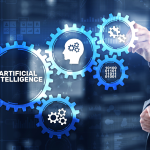
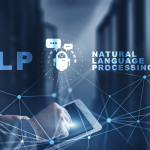




 5
5

















